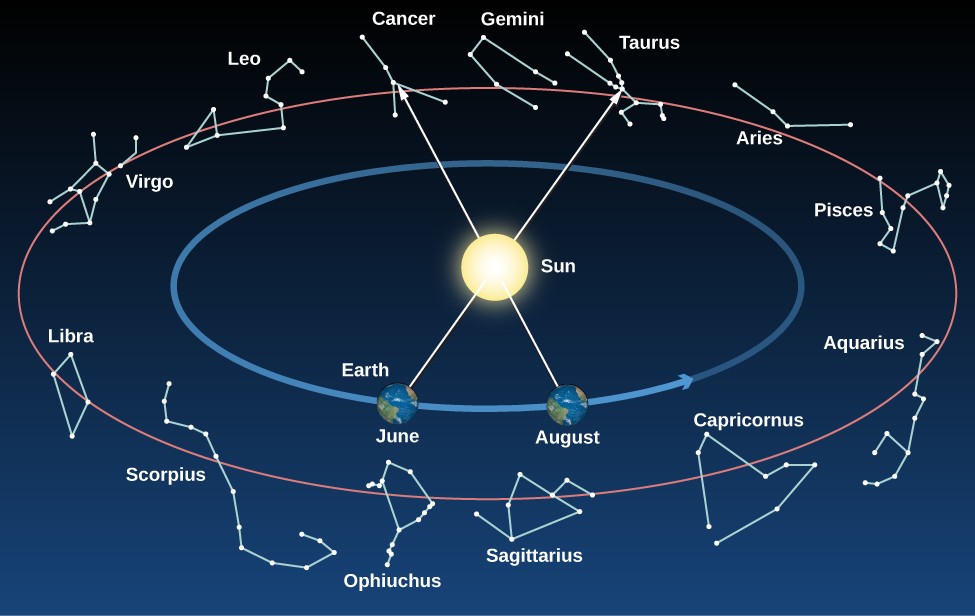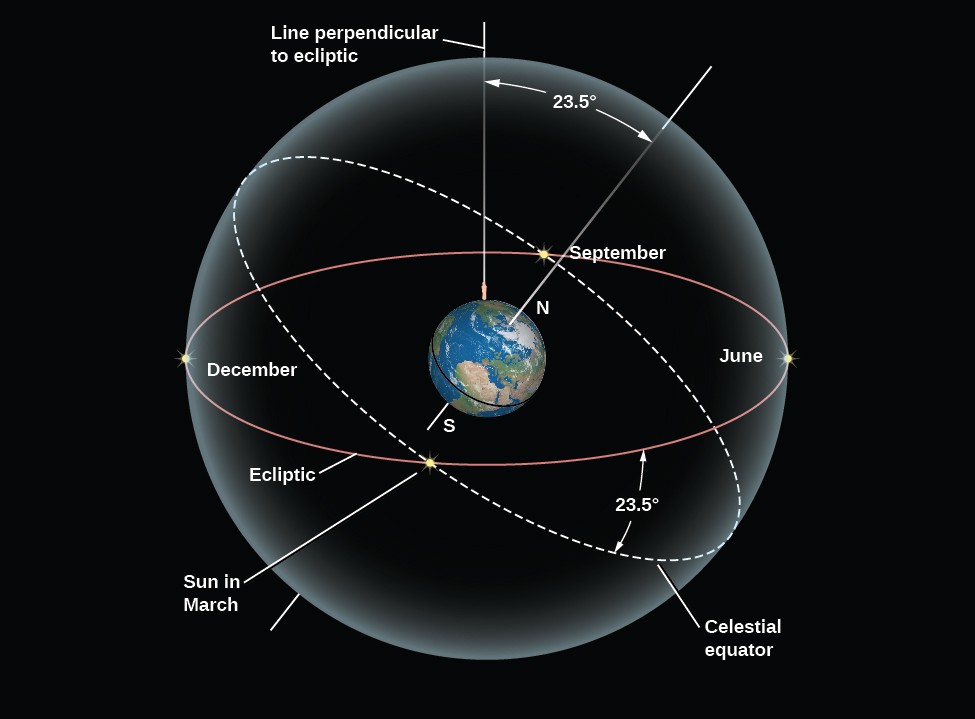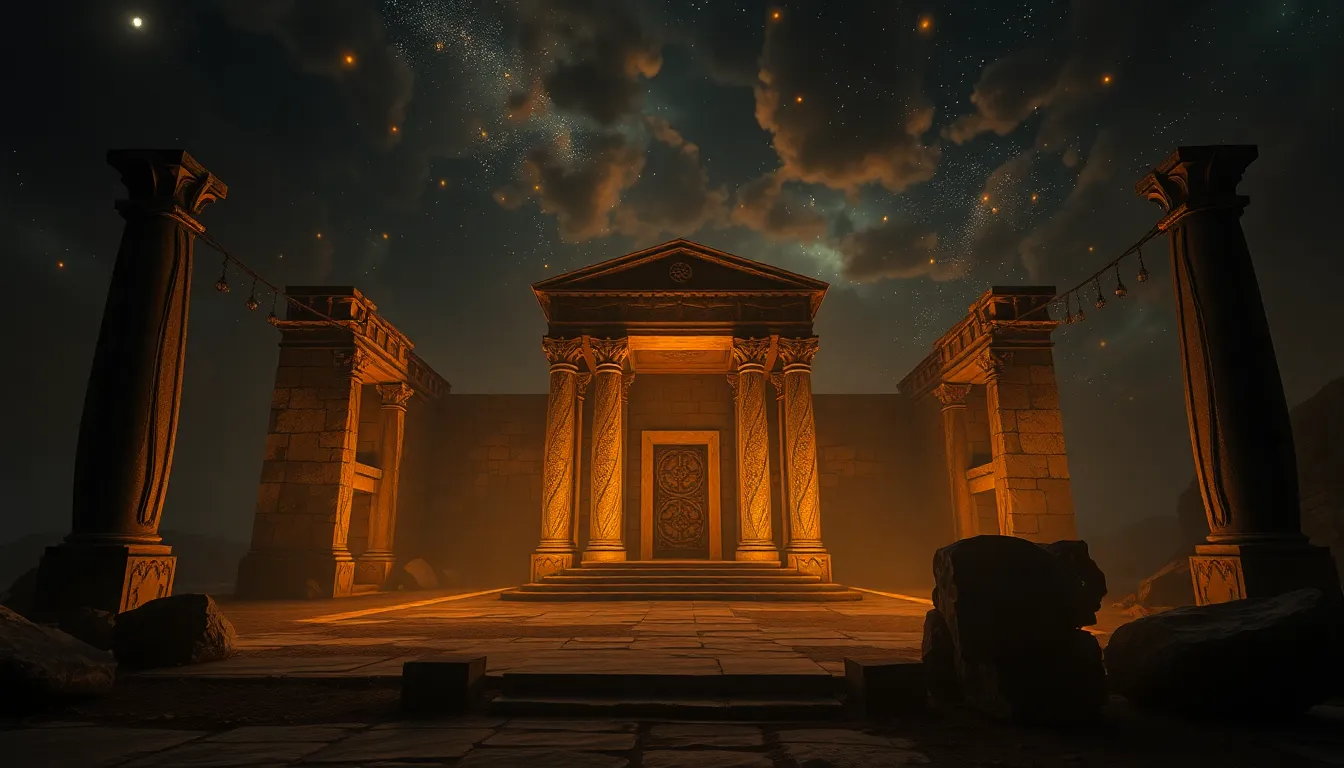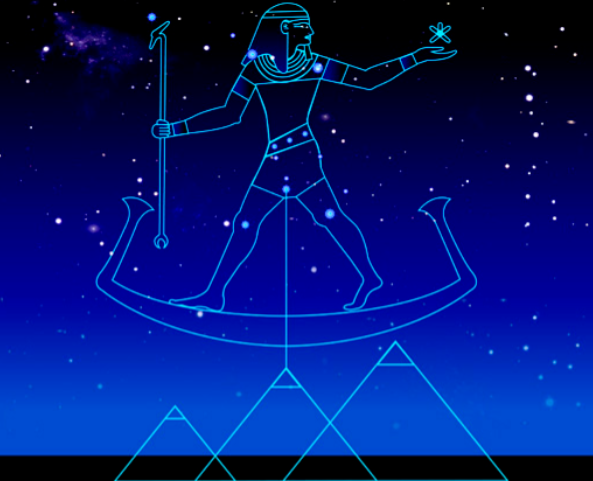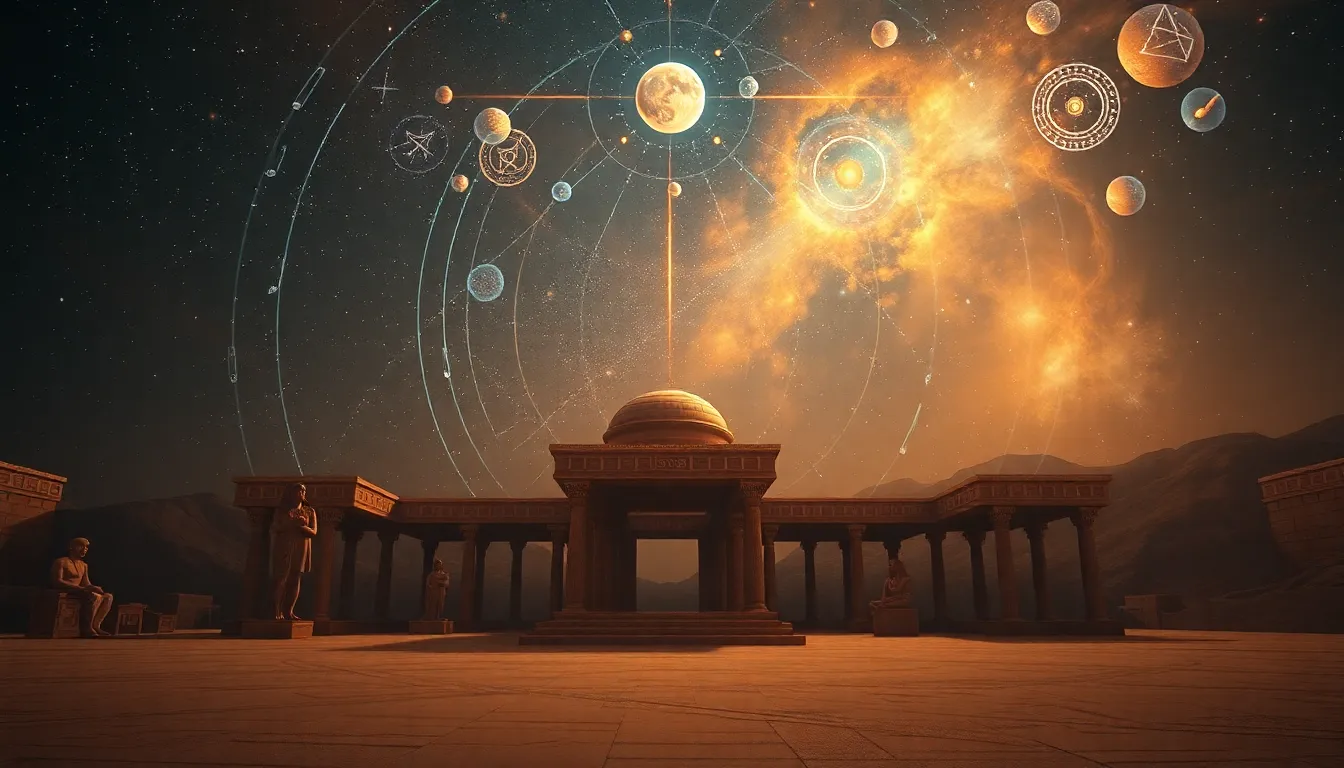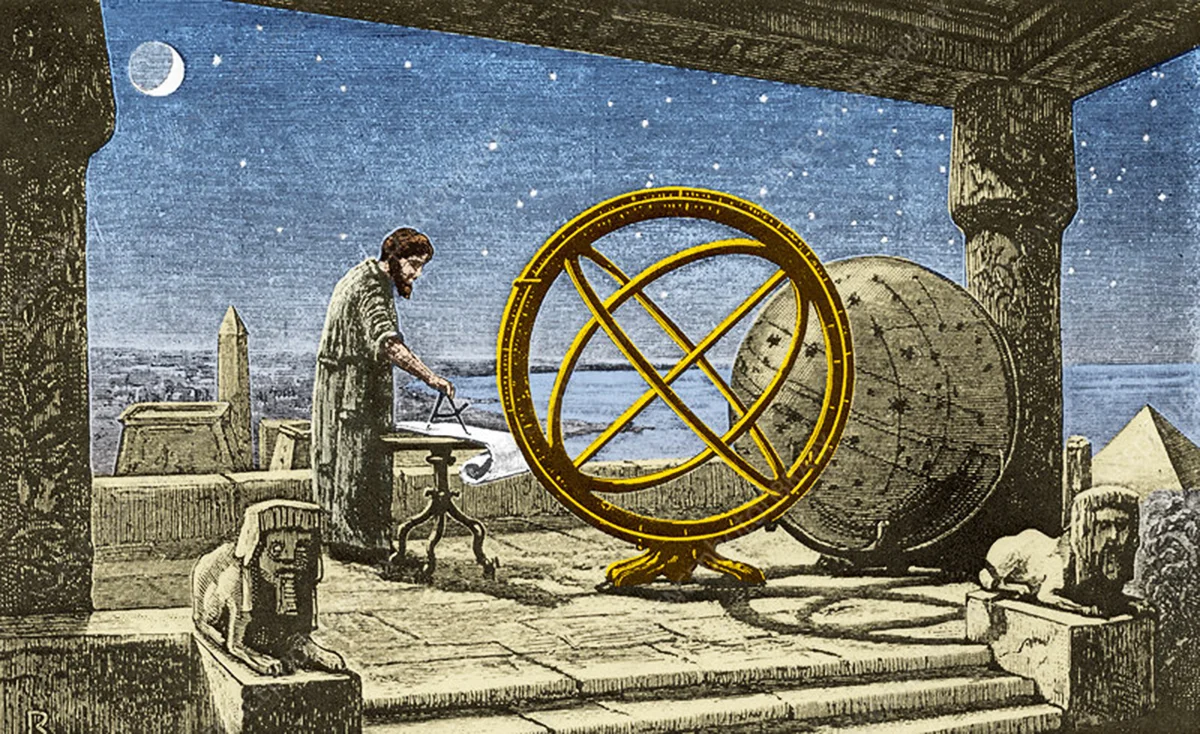Celestial Architects: How Ancient Builders Measured the Stars
Thousands of years before telescopes and satellites, our ancestors turned the heavens into their guidebook. Across continents, they measured the stars, aligning sacred monuments with the rising of constellations and the turning of celestial cycles.
These ancient builders measured the stars not merely for navigation or agriculture, but to mirror the divine order of the cosmos — embedding sky maps into stone.
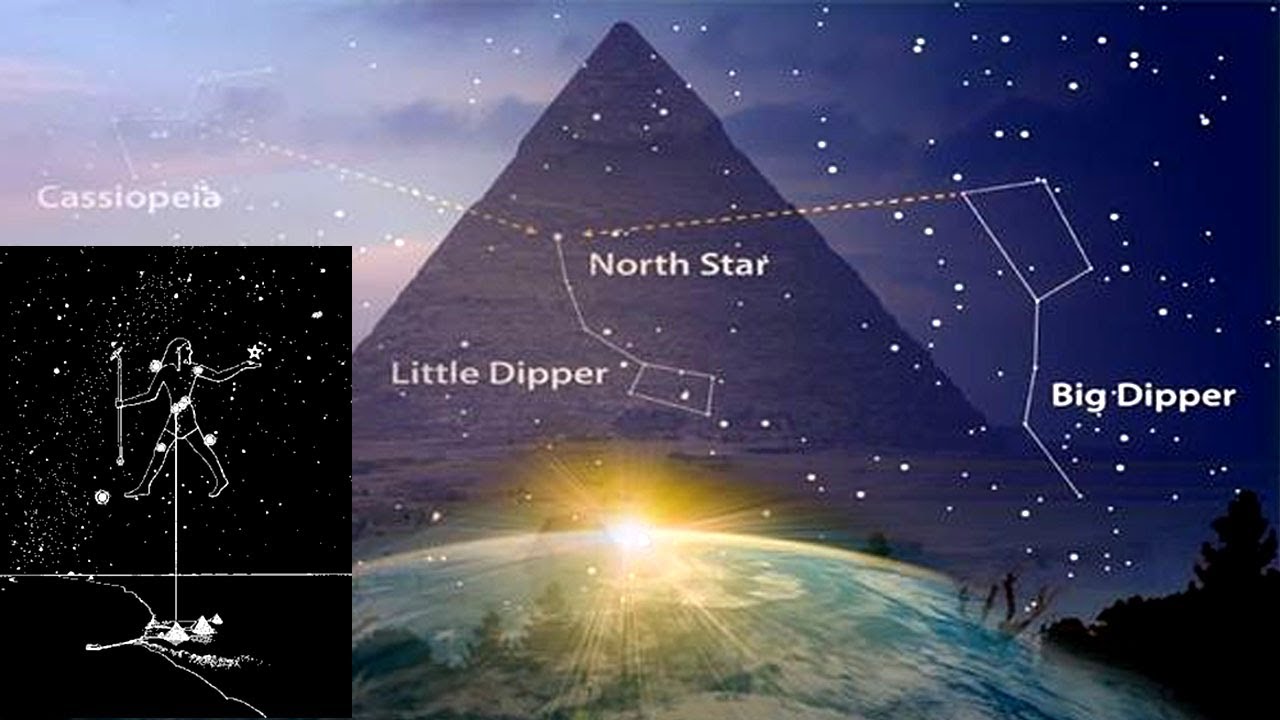
Measuring the Sky Without Machines
How could civilizations without compasses, sextants, or written trigonometry align massive stone structures to celestial events with sub-degree precision?
Evidence suggests that ancient observers developed long-term sky-watching techniques. Over generations, they tracked the positions of stars at sunrise and sunset, marking solstices, equinoxes, and the slow drift of constellations.
The precession of the equinoxes — a 26,000-year wobble of Earth’s axis — was known to the Egyptians, Mayans, and ancient Hindu astronomers long before it was formally recognized by Greek scholars like Hipparchus. Such knowledge required centuries, if not millennia, of systematic observation.
Giza: A Mirror of Orion
Perhaps the most iconic example comes from ancient Egypt, where the Great Pyramids of Giza align almost perfectly with true north and are arranged in the same pattern as the three stars of Orion’s Belt.
Robert Bauval’s “Orion Correlation Theory” proposes that the pyramids were designed to reflect the heavens as they appeared around 10,500 BCE, an epoch when the constellation Orion rose due south of the pyramids — symbolizing Osiris, the god of rebirth.
While traditional Egyptology places the pyramids’ construction around 2500 BCE, this astronomical alignment raises profound questions:
Could the builders have inherited far older celestial knowledge from a forgotten civilization?
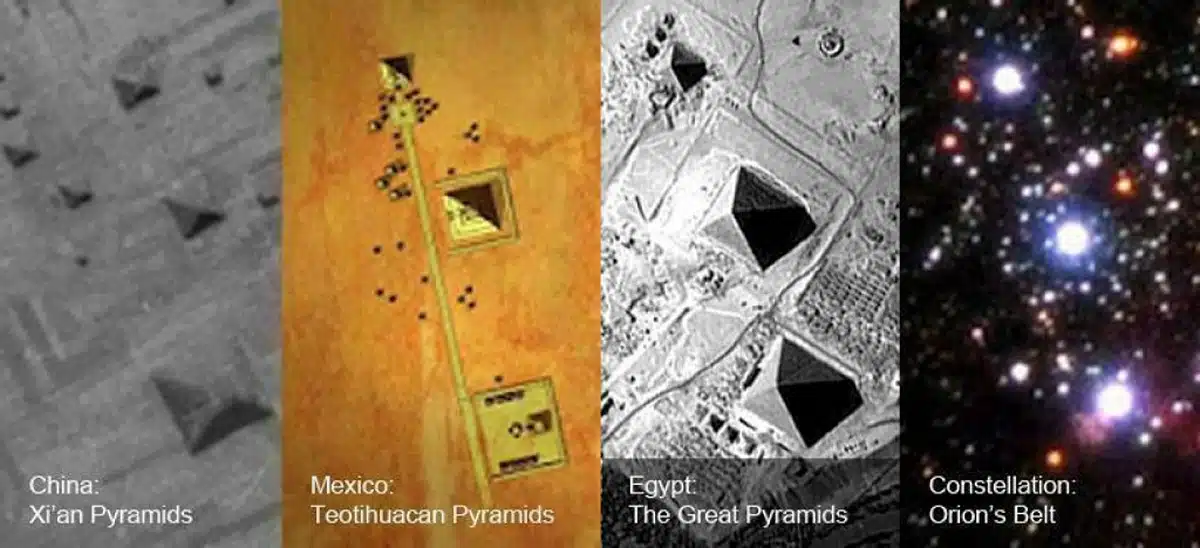
Maya and the Cosmic Clockwork
Across the Atlantic, the Maya constructed cities as living calendars. Temples in Uxmal, Palenque, and Chichén Itzá align to solstices, equinoxes, and the movements of Venus — a planet they tracked with staggering precision.
Their Venus Table in the Dresden Codex predicts the planet’s cycle to within a single day of modern astronomical calculations. This mastery of the sky wasn’t luck — it was legacy. The Maya didn’t just watch the heavens; they built them into their world.
Stone Circles and Star Temples
In Britain, Stonehenge and Avebury act as vast astronomical observatories. Their megalithic rings align with the midsummer sunrise and midwinter sunset, encoding solar cycles in the very layout of the stones.
Farther north, Callanish in Scotland captures the rare lunar standstill that occurs every 18.6 years — a subtle phenomenon only perceptible through long-term observation.
Similar precision is found in Nabta Playa (Egypt’s Sahara) — a prehistoric site older than Stonehenge — whose stone alignments chart the summer solstice and hint at early forms of celestial mapping nearly 7,000 years ago.
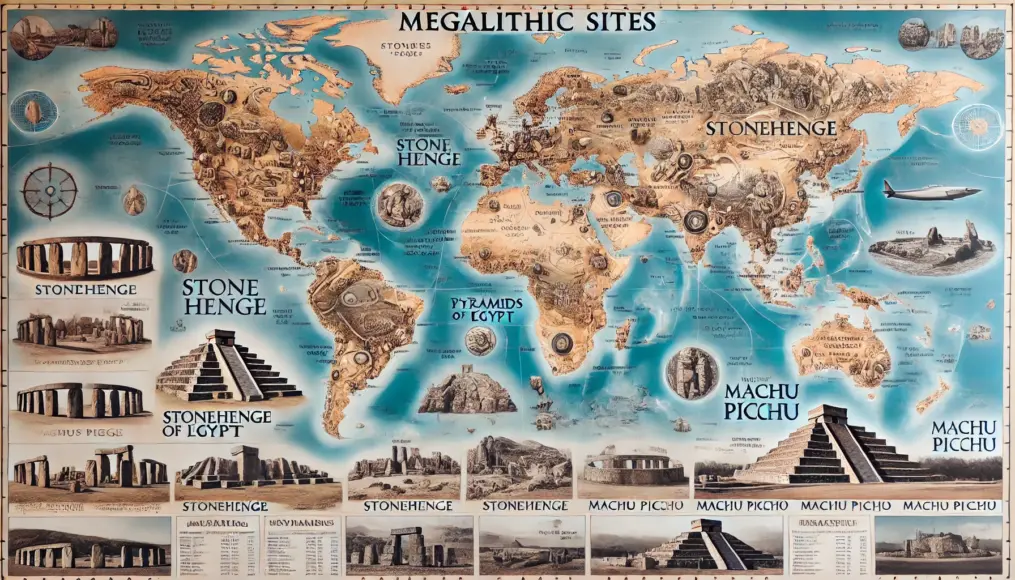
The Forgotten Science of Alignment
Many ancient sites share one silent message: they knew where they stood in the cosmos.
From Teotihuacan’s Avenue of the Dead, aligned to the setting of the Pleiades, to Angkor Wat’s equinox sunrise over the temple’s central spire, the geometry of sacred architecture transcends borders.
Were these alignments merely symbolic — or functional, encoding a deeper understanding of time, energy, and cosmic balance?
Modern archaeologists are slowly realizing that ancient builders may have possessed an empirical astronomy blended with spirituality, where architecture, math, and myth converged.
Knowledge Lost — or Waiting to Be Rediscovered?
Many of these insights were nearly lost: through the burning of libraries, natural cataclysms, and the linear rewriting of history. Scholars like John Anthony West, Robert Schoch, and Graham Hancock argue that advanced knowledge predating known civilizations may have been inherited from a culture erased by the Younger Dryas cataclysm.
If so, the question arises: Did humanity experience cycles of progress and destruction — epochs where knowledge rose and fell like the stars themselves?
Key Concepts
-
Ancient builders measured the stars with precision across civilizations.
-
Global alignment patterns suggest shared cosmic awareness.
-
Astronomical architecture predated written history.
-
Cataclysmic resets may have erased earlier knowledge.
-
Modern science is rediscovering ancient truths hidden in plain sight.
Additional readings
-
Bauval, R. & Gilbert, A. The Orion Mystery (1994)
-
Schoch, R.M. Voices of the Rocks (1999)
-
Hancock, G. Fingerprints of the Gods (1995)
-
Smithsonian – “Aligning the Heavens: Ancient Astronomy and Architecture”
